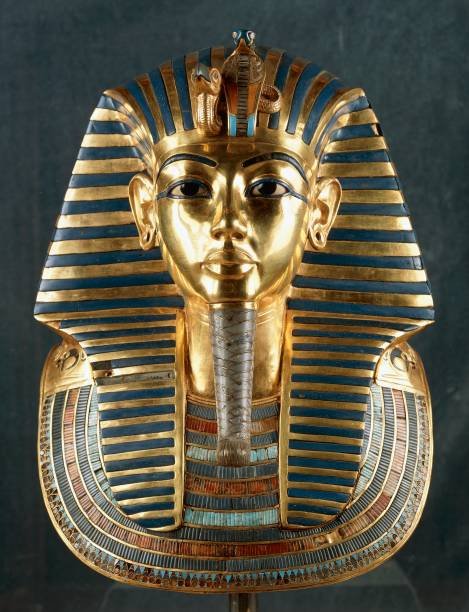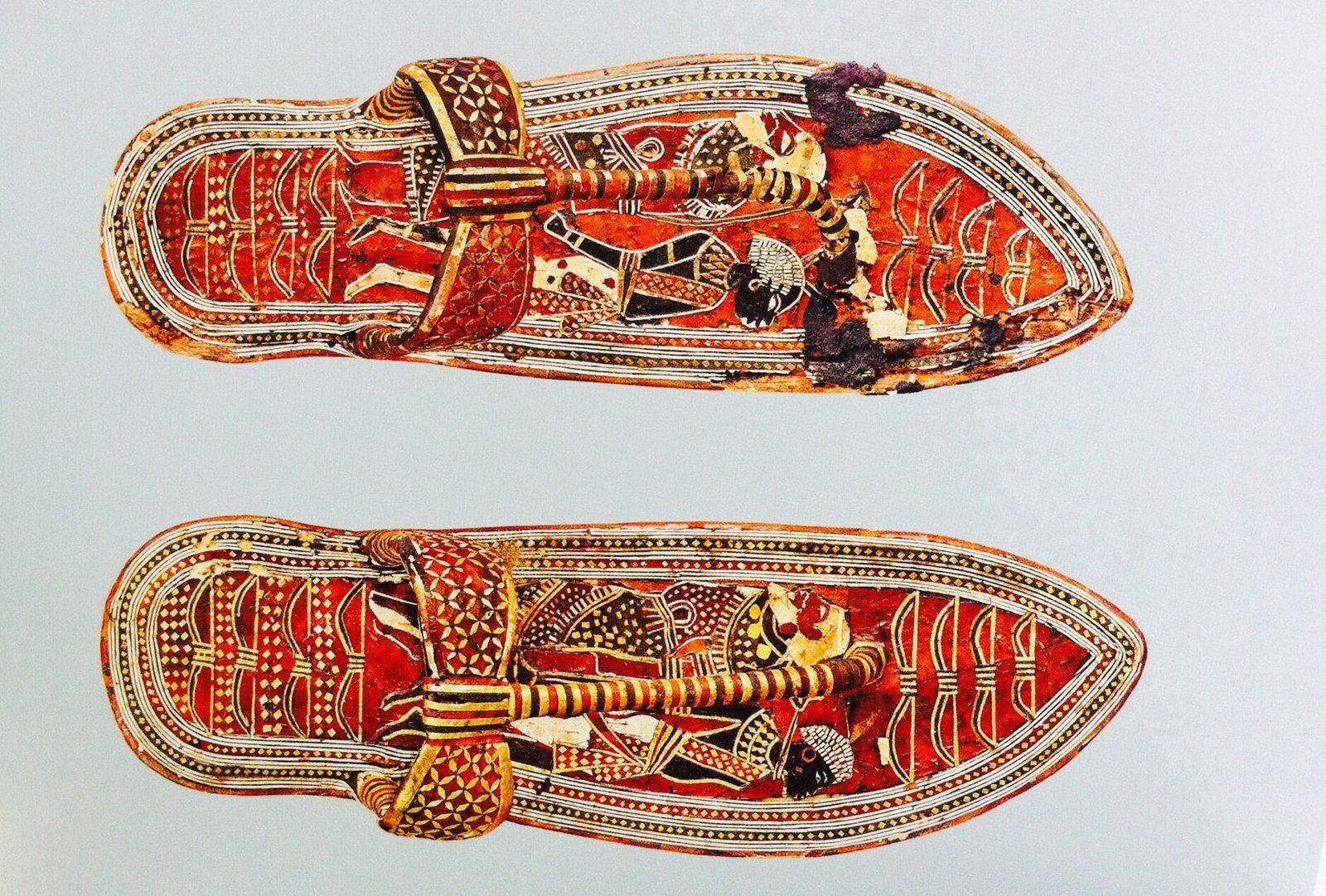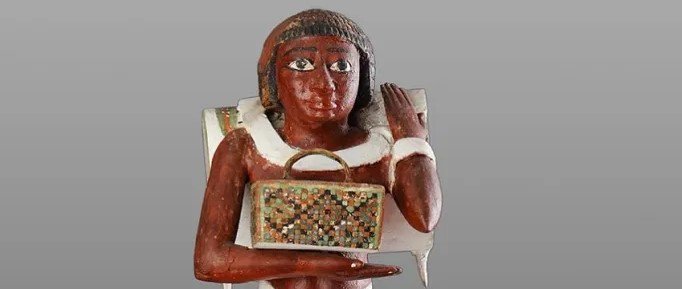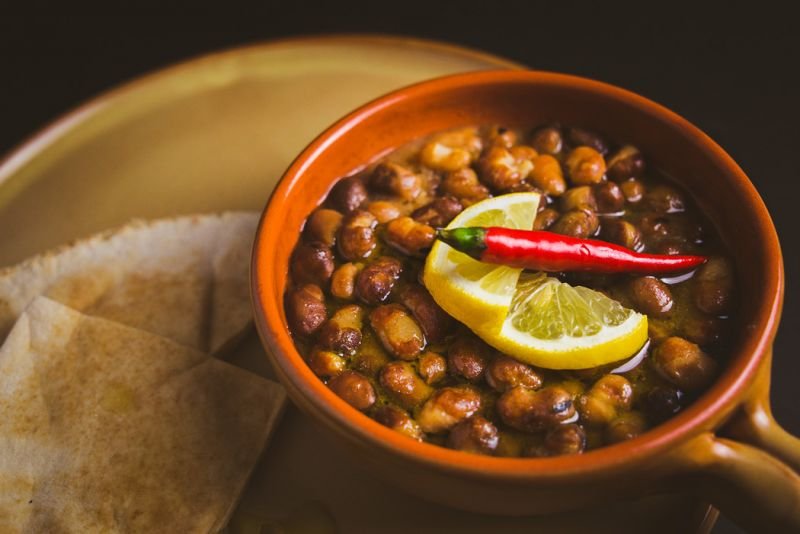
Triads of Menkaure These three schist triads of Menkaure were found by the Egyptologist George Reisner in the valley temple of Menkaure near his pyramid in Giza. The triads was discovered in 1908 in the valley temple of Menkaure in its own hierarchical group, and 5 were found and it is believed that they were...

Cosmetic Shell of King Sekhemkhet This original gold cosmetics container in the shape of a shell or scallop was found in the pyramidal complex of the king Sekhemkhet which was built on the model of his predecessor Djoser. For the ancient Egyptians, the plant and animal worlds were an inexhaustible source of decorative themes, particularly...

Statue of King Djoser The oldest life-size statue found thus far in Egypt is of king Djoser, and is from the 3rd Dynasty. Now in the Egyptian Museum, Cairo. JE 49158 This statue was found in a closed room called Serdab, northeast of the funerary complex of King Djoser at Saqqara. It is believed that...

Mask of Tutankhamun The gold funerary mask of Tutankhamun is an example of the highest artistic and technical achievements of the ancient Egyptians in the New Kingdom. The exact portrayal of the king’s facial features achieved here made it possible for his soul to recognize him and return to his mummified body. Thus ensuring his...

Sandals of Tutankhamun King Tutankhamun would symbolically trample on his enemies when he wore his sandals. This unique sandal are also adorned on the top and bottom by the nine bows, symbols of the traditional enemies of Egypt. This pair of sandals is made of leather and depicts enemies on the soles. Four human figures...

Side-lock of Youth Prince Amunherkhopshef New Kingdom, 20th Dynasty, c. 1186–1155 B.C. Tomb of Amunherkhopshef (QV55), Valley of Queens, West bank, Luxor. Prince Amunherkhopshef was the eldest son (and heir) of Ramesses III and Isis Ta-Hemdjert. The Prince died at approximately 15 years of age, likely during the 30th year of Ramesses’ reign. Photograph by...

Statue of Niankh-pepi This small, wooden standing statue of Niankh-pepi is a unique masterpiece of art, which portrays a porter advancing and carrying a basket on his back. The basket is decorated and fitted with a support used when resting it on the ground. The two white straps are used to hold it over the...

Most holidays and festivals in Egypt are determined by the Islamic calendar; however, several Coptic Christian holidays are widely celebrated. For instance, Sham Al-Nessim is celebrated on Coptic Easter. This holiday itself, however, has Pharaonic origins as a celebration of the arrival of spring. The Islamic calendar is a lunar-based calendar so Islamic holidays shift...

Egyptian food is one of the world’s most authentic and delicious foods. Within a combination of elements from across the Middle East and North Africa, as well as Greece and France, reflecting the diverse influences that Egyptians have had throughout its history, Egyptian chefs often put their spin on their version of the most beloved...








